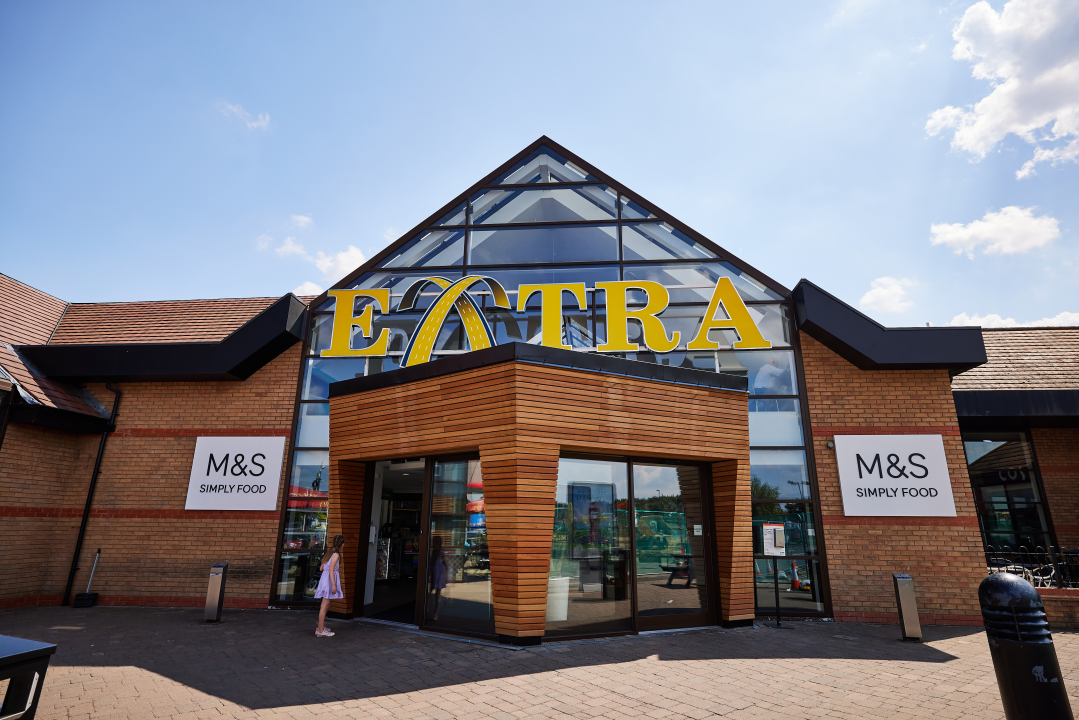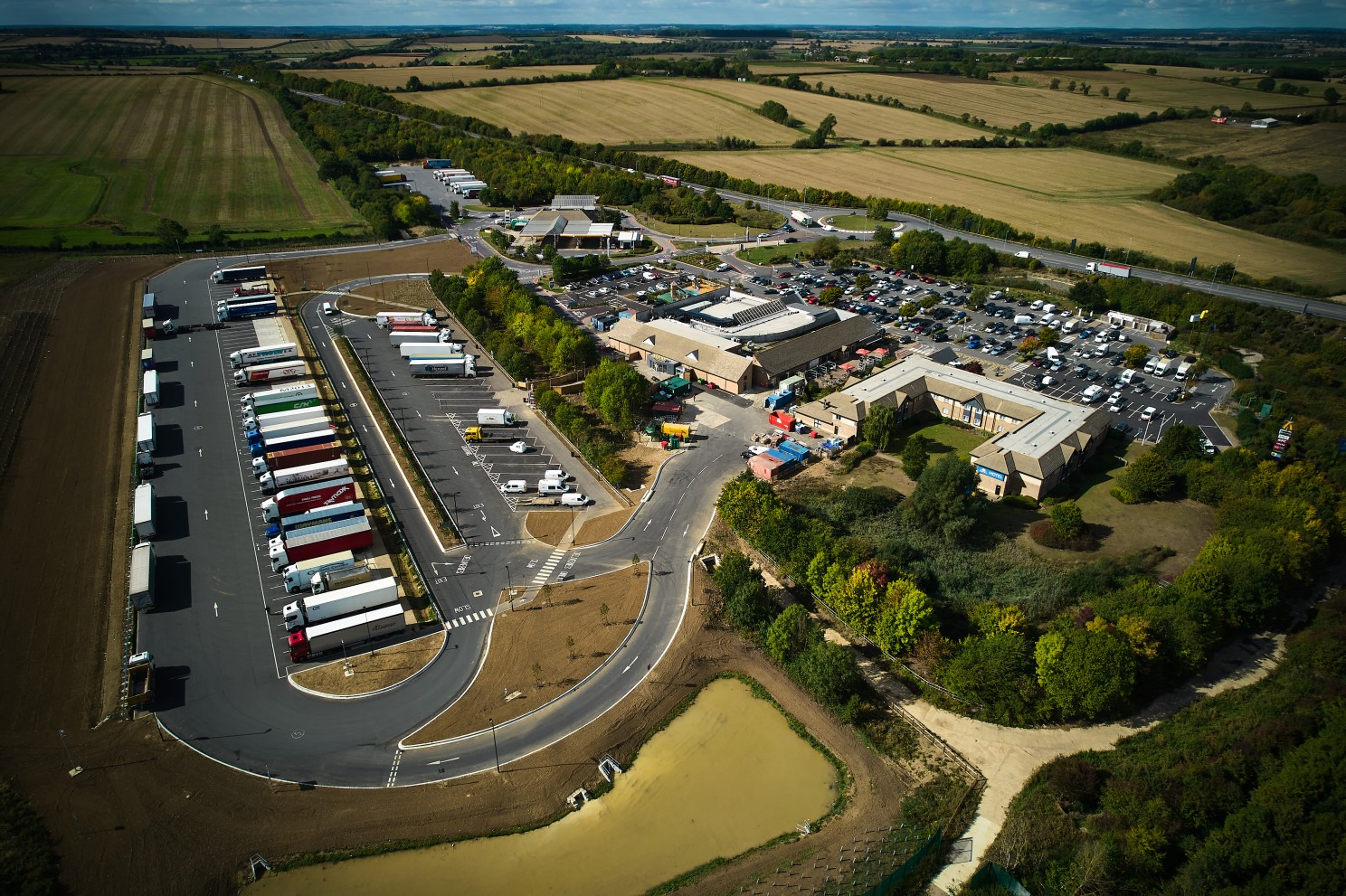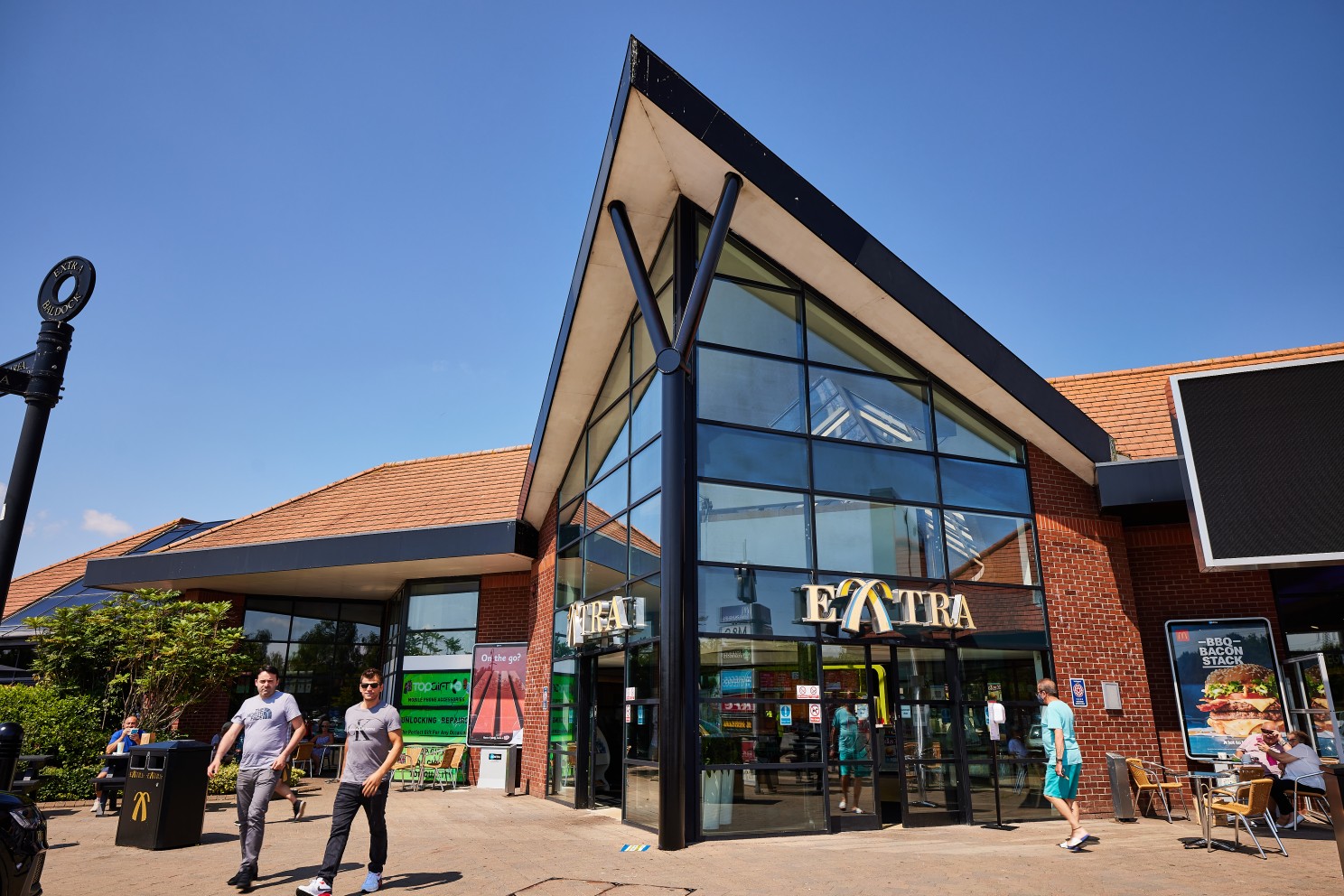
Josh Cousens
Strategické partnerství: Přístup SNAP a společnosti Extra k parkování nákladních vozidel
Vytvořeno: 01.08.2024
•
Aktualizováno: 13.08.2024
Ředitel Ross Mendenhall vysvětluje, jak SNAP pomohl společnosti Extra Motorway Service Area (MSA) zvýšit růst tržeb v celé síti až o 8 % ročně od zahájení spolupráce v roce 2011.
"Klíčovou výhodou pro nás je, že zákaznická základna SNAP se neustále rozšiřuje, což nám umožňuje oslovit dalších 30 000 potenciálních zákazníků ročně," říká Ross Mendenhall, který využívá SNAP k maximalizaci obratu společnosti Extra v oblasti parkování nákladních vozidel.
Ross vysvětluje svou roli ve společnosti Extra: "Dohlížím na naši síť osmi MSA po celé Anglii, zajišťuji nejlepší pracovní prostředí a procesy, které nám umožňují poskytovat maximální spokojenost zákazníků, a spolupracuji s naším generálním ředitelem, abychom se zaměřili na naše růstové ambice.
"Úzce spolupracuji také s našimi dodavateli a značkami nájemců, abychom zajistili co nejlepší zážitek pro všechny, kteří navštíví naše obchodní domy."
Oblasti služeb na dálnicích navíc
Po otevření první pobočky v Cambridge v roce 2000 je nyní společnost Extra jedním z největších provozovatelů dálničních služeb ve Velké Británii. V posledním průzkumu Transport Focus Motorway Service Users byla společnost Extra zvolena prvním provozovatelem v oblasti spokojenosti zákazníků ve Velké Británii.
Ross říká: "Ústředním bodem našeho podnikatelského ducha je snaha udělat něco navíc, abychom všem návštěvníkům poskytli skvělé zážitky.
"Jsme hrdí zejména na to, že nabízíme širokou škálu oblíbených značek potravin a nápojů, malebné venkovní prostory s plochami pro venčení psů a dětskými hřišti, stejně jako bezpečné, čisté a kvalitní zázemí pro všechny."
V roce 2023 se v oblastech mimořádných služeb pro dálnice uskutečnilo 260 066 parkovacích jízd SNAP.

Zadejte SNAP
Společnost Ross začala se společností SNAP spolupracovat v roce 2011 a vysvětluje, jak toto partnerství pomohlo společnosti Extra rozšířit její parkovací služby pro nákladní vozidla. "SNAP nám pomáhá komunikovat naše klíčové služby řidičům nákladních vozidel a vozovým parkům a zviditelňuje naše možnosti parkování, tankování a mytí.
"Snažíme se zvyšovat spokojenost řidičů nákladních vozidel, kteří u nás zastavují, a zapojení do sítě SNAP nám to umožňuje. Prostřednictvím aplikace můžeme rozvíjet naše partnerství a organický prodej tím, že zákazníkům poskytneme účinný nástroj, díky němuž se dozvědí více o našich zařízeních, včetně toho, jak jim můžeme zpříjemnit, zpříjemnit a zabezpečit pobyt."
Jak probíhalo nastavení?
Chtěli jsme zjistit, zda se v počátečních fázích vztahu vyskytly nějaké komplikace.
Ross říká: "Bylo to velmi jednoduché. Tým SNAP byl připraven zodpovědět všechny naše dotazy a i po dokončení nastavení si rád vyslechl naši zpětnou vazbu ohledně dalšího vylepšení systému, aby lépe vyhovoval našim potřebám."
Růst příjmů
Zeptali jsme se Rosse, zda společnost SNAP pomohla společnosti Extra zvýšit příjmy:
"Partnerství se společností SNAP nám pomohlo stabilně zvyšovat růst tržeb, které se meziročně zvýšily o 8 %, přičemž růst transakcí se zvýšil o 2 %.
"Největší meziroční zlepšení zaznamenaly naše služby v Cambridge a Peterborough, a to o 11 % a 12 %. Navíc naše služby v Peterborough, Leedsu a Cambridge jsou nyní obsazeny na více než 100 %."

Přístup a zabezpečení SNAP
Po několika letech úspěšné spolupráce nás společnost Extra v roce 2018 požádala, zda bychom jí nepomohli vylepšit její bezpečnostní zařízení.
"V průběhu let jsme prohloubili naše partnerství se společností SNAP a investovali jsme do kamerového systému a technologie ANPR, abychom zajistili maximální bezpečnost.
"Instalace bezpečnostních technologií na všech osmi našich pobočkách nám pomohla ochránit naše příjmy a zajistit, že každé vozidlo platí za správnou dobu svého pobytu.
"Spolupráce se společností SNAP Access & Security měla téměř okamžitý dopad - od spuštění provozu jsme zaznamenali přibližně 20% nárůst příjmů z parkování.
"Vzhledem k tomu, že bezpečnost je pro řidiče kamionů při dlouhodobém zastavení jednou z priorit, jsme rádi, že jim můžeme zpříjemnit pobyt a ujistit je, že máme komplexní opatření, která pomáhají minimalizovat riziko krádeže.
"Přístup k panelům SNAP pro business intelligence také znamená, že můžeme sledovat data v reálném čase, což nám umožňuje poskytovat nejlepší možnou uživatelskou zkušenost," říká Ross.
Nejlepší kousek
Na závěr rozhovoru jsme se chtěli Rosse zeptat, co považuje za nejlepší věc na spolupráci se SNAP:
"Klíčovým úspěchem je pro nás dopad na efektivitu zaměstnanců. Zavedení systému ANPR v kombinaci s platebními terminály umožňuje řidičům samoobslužný provoz, což znamená, že se zaměstnanci mohou místo toho věnovat jiným klíčovým úkolům, jako je úklid, údržba a obsluha zákazníků.
"Velkým lákadlem je také flexibilita, kterou platební terminály nabízejí: řidiči mohou používat platební terminály v 15 jazycích, což zlepšuje zákaznickou zkušenost a snižuje problémy s jazykovou bariérou."
Chcete-li se dozvědět více o partnerských službách Extra v síti SNAP, navštivte ještě dnes mapu SNAP . Pokud nabízíte parkování pro nákladní vozidla a chcete se připojit k síti SNAP, zjistěte více informací zde.



